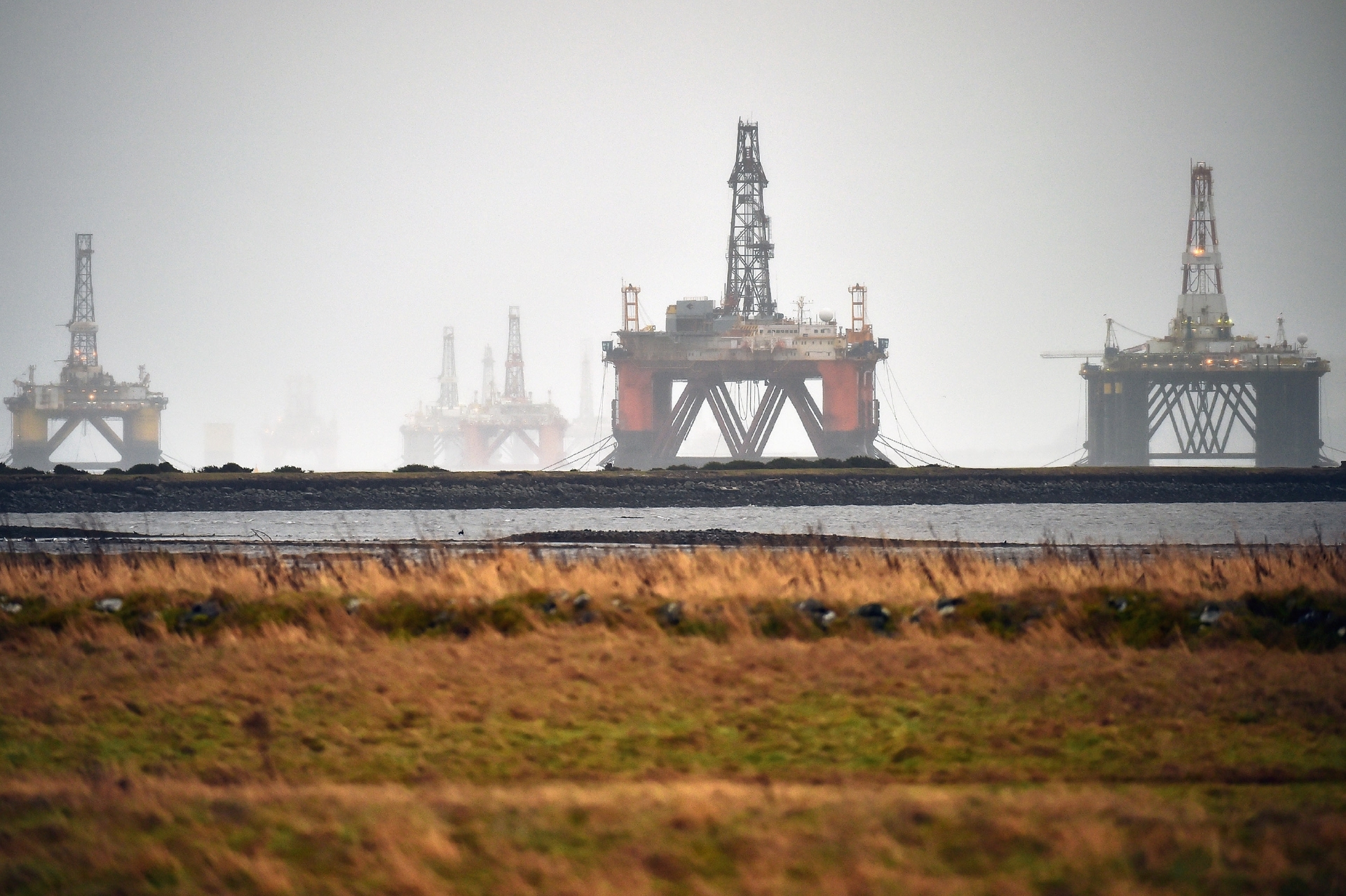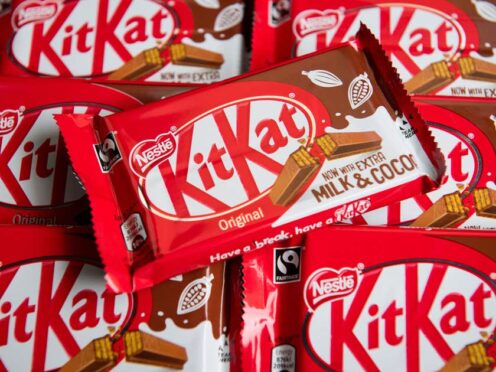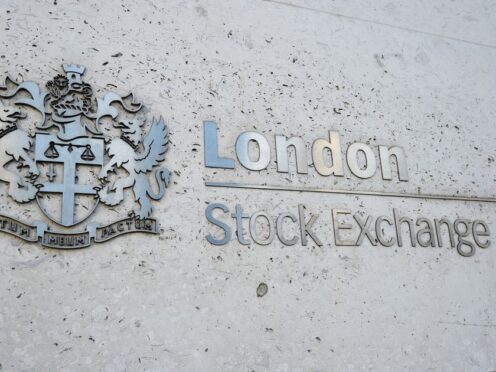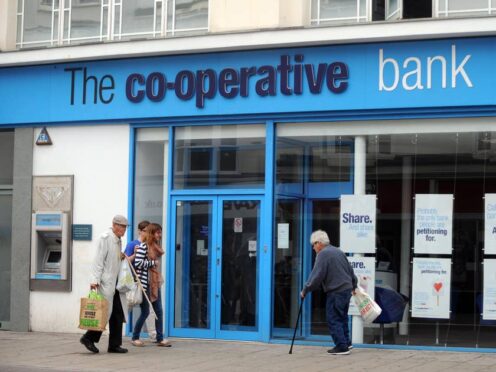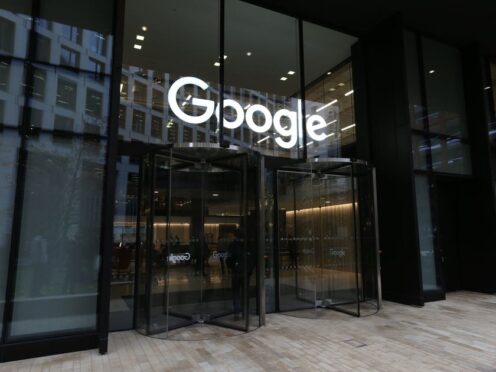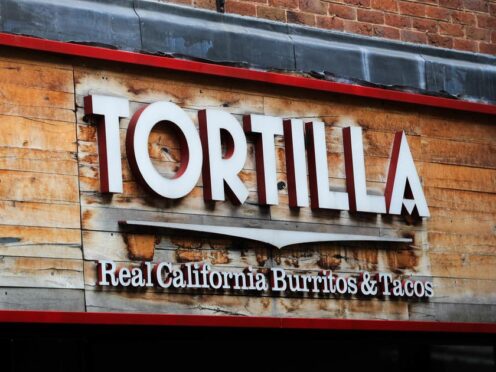The oil price downturn will have cost an estimated 120,000 jobs supported by the UK offshore oil and gas industry by the end of this year.
The predicted plunge is since the peak of 2014 when more than 450,000 jobs were supported by the sector and the price of oil was more than $100 a barrel.
It is presently trading at around $50 a barrel but has fallen to below $30. It needs to be above $60 for development in the North Sea industry to start to be viable.
Industry body Oil & Gas UK has issued the new figures showing impact of the oil price downturn on jobs.
The analysis, by marketing services company Experian, forecasts that in 2016 just over 330,000 jobs in the UK will be delivered through or supported by oil and gas production.
They cover direct employment provided by companies involved in the extraction of crude oil and natural gas and supply chain companies who directly support the activity.
They also include indirect employment across the supply chain which also exports goods and services overseas.
Jobs created by the sector’s spending in the wider economy, such as in hotels, catering and taxis, are also covered.
Since the 2014 peak of 450,000 jobs, the posts supported fell by an estimated 84,000 to around 370,000 in 2015, and are forecast to have fallen a further 40,000 by the end of this year.
Deirdre Michie, chief executive of Oil & Gas UK, said: “We cannot underestimate the impact the global downturn in the industry is having on the UK economy, nor the personal toll for those who have lost their jobs, and the effect on their families and colleagues.
“We recognise this and are doing everything we can to support these people, working with the UK and Scottish Governments through their task forces to find suitable alternative employment, as well as with the unions as we go through these difficult times.”
She added: “The industry has been spending more than it is earning since the oil price slump towards the end of 2014.
“This is not sustainable and companies have been faced with some very difficult decisions. To survive, the industry has had no choice but to improve its performance.
“It is looking to find efficiencies to restore competitiveness, to attract investment and stimulate activity in the North Sea. With up to 20 billion barrels of oil and gas still to recover, this region is still very much open for business.”
The industry will come together next week at Oil & Gas UK’s annual conference in Aberdeen to consider how it manages its way safely through the current downturn and how it can emerge to safeguard the 330,000 plus jobs it still supports.
Ms Michie added: “The total employment we will sustainably provide depends on the level of investment attracted into the basin.
“If investment falls, then so will jobs. The interventions we make now will be critical to shape the industry’s direction and help stem future losses.”
